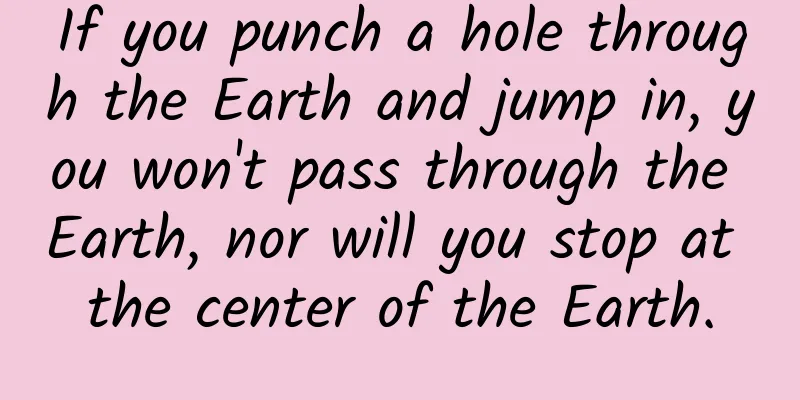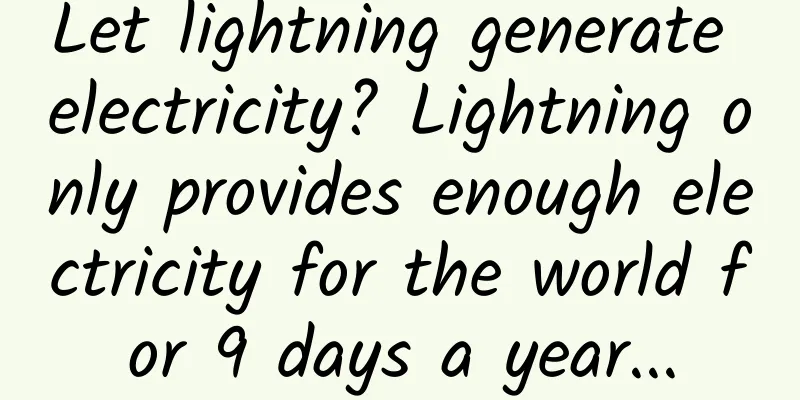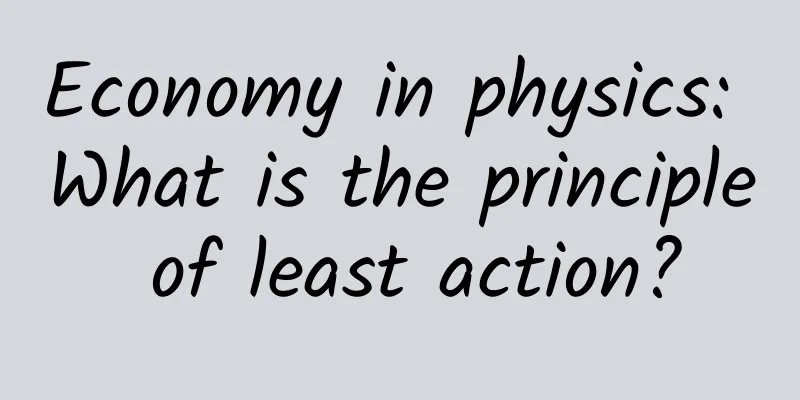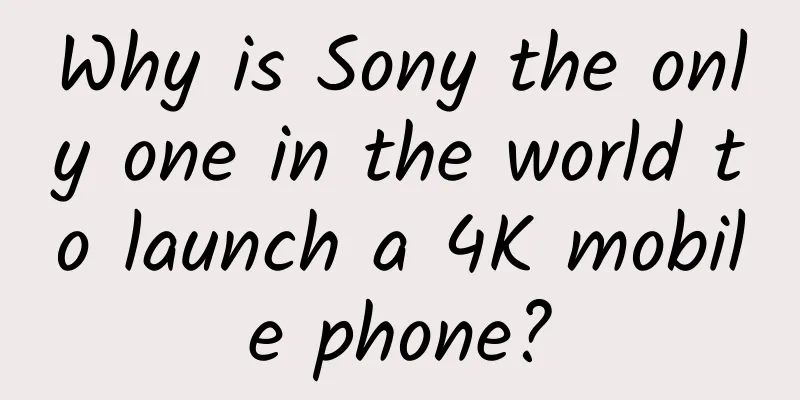If you punch a hole through the Earth and jump in, you won't pass through the Earth, nor will you stop at the center of the Earth.

|
The earth is a celestial body that is almost spherical. The reason why we can walk on this big ball as if it were flat ground is entirely because of the gravity of the earth. There is no up or down distinction for celestial bodies in the universe. No matter where we are on the earth, the direction of the earth's center is down, and the direction of the universe is up. Therefore, although people at two opposite points on the earth are reflections of each other, everyone feels the same. Since the direction of the earth's center represents down, what will happen if we punch a hole in the earth and then jump into the hole? If it is an ordinary hole, jumping into it will inevitably fall from the other end of the hole, but the earth is different. The direction of the earth's gravity is toward the center of the earth, so it is obviously impossible for people who jump in to cross to the other side of the earth. So will they stay at the center of the earth due to the gravity of the center of the earth? The same cannot be said. To find the correct answer to this brain hole question, we have to start with simple harmonic motion. Many people may not be familiar with the term simple harmonic motion, but we should remember that simple harmonic motion is the most basic motion, and any periodic motion can eventually be decomposed into multiple simple harmonic motions. So what exactly is simple harmonic motion? Spring motion is the best representative of simple harmonic motion. When a spring is placed in one place, it is in a balanced position, that is, the length of the static spring is the equilibrium length of the spring. When we stretch a spring, the elastic force of the spring will pull the spring back. As soon as we let go, the spring begins to contract under the action of the elastic force, but the spring does not stop when it shrinks to the equilibrium length. Since the spring's own retraction is an accelerated motion, the amplitude of the retraction will exceed the equilibrium length, and the spring will be compressed. After the spring is compressed, the speed gradually decreases until it stops, and then it will rebound under the action of the elastic force, and the rebound will exceed the equilibrium length again. In this way, the spring compresses and stretches back and forth around the equilibrium point, showing a periodic motion. The spring compresses and stretches back and forth around the equilibrium point, but eventually stops because of the resistance. If there is no resistance in an ideal state, the periodic motion of the spring will never stop. This is simple harmonic motion. Why is simple harmonic motion the most basic motion? Because all periodic motions are actually composed of simple harmonic motions. A typical and easy-to-understand example is circular motion. Suppose an object moves in a clockwise circular motion around the center of a circle. It starts at the nine o'clock position, moves to the three o'clock position, and then moves back to the nine o'clock position. This is a horizontal simple harmonic motion, and the equilibrium point is the center of the circle. At the same time, when the object moves from the 12 o'clock position to the six o'clock position, and then moves from the six o'clock position back to the 12 o'clock position, this completes a longitudinal simple harmonic motion. The equilibrium point is also the center of the circle, so the circular motion can be decomposed into two mutually perpendicular simple harmonic motions. Not only circular motion, but any periodic motion can be decomposed into different numbers of simple harmonic motions in different ways. Now that we understand simple harmonic motion, we can go back and think about the brain-opening problem that passes through the earth. The internal structure of the earth is relatively complex. In reality, if a person wants to travel through the earth, he will definitely be burned to ashes by the molten material at the center of the earth. However, since this is a brain-opening question, let us ignore all of this. We will assume that the earth is a sphere with equal density inside and outside, and there is no lava inside. The process of traveling through the earth is not affected by other resistances. When we pierce such an ideal earth and a person jumps in, he will be affected by the gravitational force from the earth. Under the action of gravity, the person will fall faster. When the person reaches the center of the earth, although the gravitational force from the center of the earth has disappeared, because the person is always in accelerated motion, he will not stay at the center of the earth. He will pass through the center of the earth and start to decelerate. As the person continues to move to the other end of the earth, the speed will become slower and slower. When reaching the other end of the earth, the speed will become zero. When a person reaches the other side of the earth, because the speed is zero and is affected by gravity in the opposite direction, the person will begin to move in the opposite direction, pass through the center of the earth again, return to the original end, and then repeat this process. Obviously, this brain-hole problem of crossing the earth is a simple harmonic motion. So we can conclude that if you jump through the earth, you will neither pass through the earth nor stop at the center of the earth. You will use the center of the earth as the balance point and do periodic simple harmonic motion. Without considering other resistance, this motion will never stop. Interestingly, as the most basic motion, the period of simple harmonic motion can be calculated. In this brain-hole problem of crossing the earth, the period has nothing to do with the mass of the person, but only with the density of the earth and the gravitational constant. Therefore, the time required for anyone, or any object of any mass to cross the earth is the same. Through calculation, it is found that the abbreviated motion period with the center of the earth as the balance point is about 84 minutes, and moving from one end of the earth to the other is half a period, which is 42 minutes. In other words, it only takes 42 minutes for a person or object to reach the other end of the earth with the help of natural gravity. |
>>: How to protect your knees when running?
Recommend
What? Why are satellites scheduled for morning and afternoon shifts?
On August 3, our Fengyun-3 satellite 06 was succe...
Solving the problem of intelligent car networking: Building an open ecosystem
my country's intelligent connected vehicles (...
Profits halved to give way to Midea, Dong Mingzhu, who had been pushing for Gree's diversification, failed again in the face of single-mindedness
Gree has not had a good time recently, at least a...
Do you know what the first nuclear power plant on the mainland was?
END Editor: Guru...
How to be creative with your Chinese Valentine’s Day brand posters? Try these tips
The Chinese Valentine's Day is coming, and pe...
Fanstong No. 1: Become a Fanstong master in 3 minutes
Hello everyone, I rarely post content on the offi...
How to get the most accurate users with the least money?
I selected some data and screenshots from my adve...
How to set up a Bytedance advertising account? Key points for setting up a massive engine account
As a pioneer in domestic information flow adverti...
Chukong Technology officially releases "One-stop solution for game development"
On February 2, 2015, Chukong Technology officiall...
"Douyin Live Streaming Sales Course" takes you from 0 to live streaming and how to sell goods
Course Contents: 1. Why learn live streaming? .mp...
Practical techniques for obtaining effective traffic in early Internet startups!
Practical methods for obtaining effective traffic ...
Cognitive neuroscience: self and social intelligence
Self and Social Intelligence ——A person has many ...
How many steps are there in the "wandering moon" plan? Yutu wrapped tightly in a small blanket on the moon...
Yesterday was the Lantern Festival on the 15th da...
World Psoriasis Day | Don’t brag, this kind of “ringworm” cannot be ignored!
October 29 is World Psoriasis Day. Psoriasis, com...
Zhihu, forced to live stream
On September 30, a Zhihu user said that he had re...









